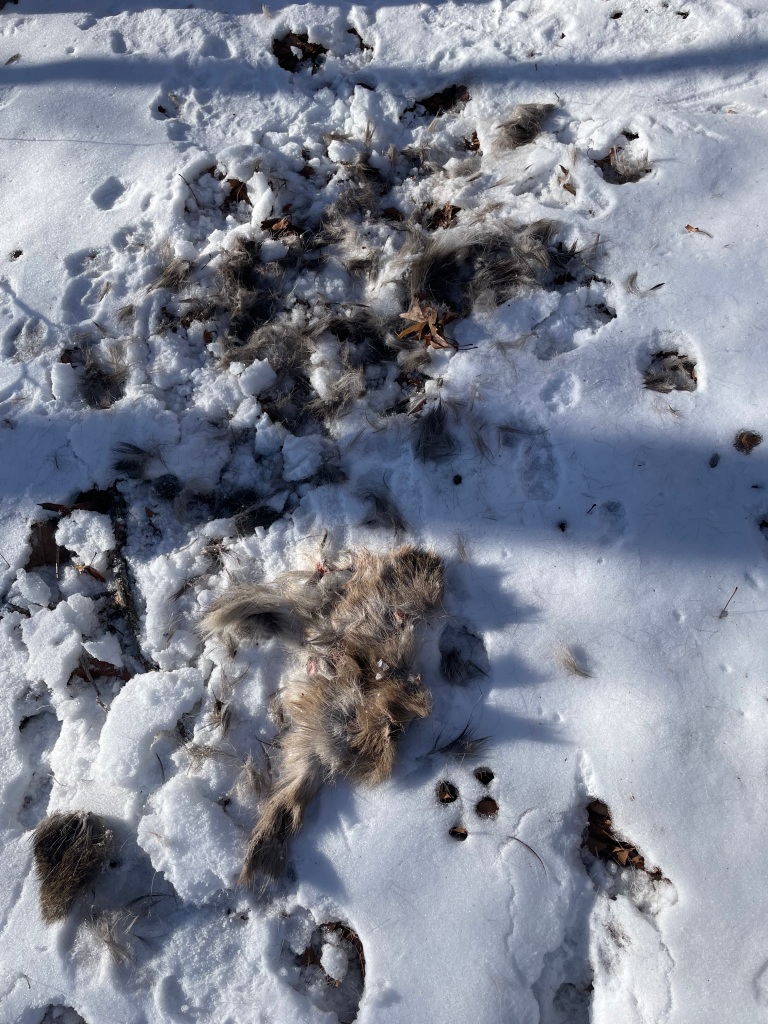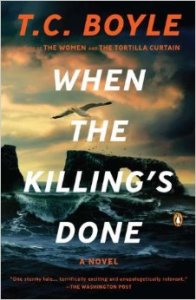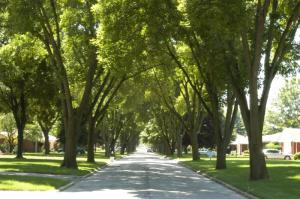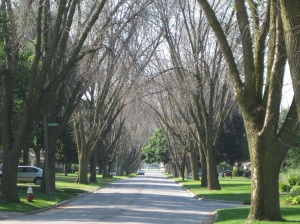by Richard Conniff
It’s a dreary Sunday dawn here in Connecticut, 38 degrees (about 3 degrees Celsius), with rain pouring down, as it has been pouring down for much of the week. In a better world, at this time of year, that rain would have grown up to be snow and to lie for weeks two- or three-feet deep across the frozen countryside. Not now, though. It’s too warm. Like much of New England, I am yearning for winter, which hardly seems to exist hereabouts anymore.
Last Sunday we got a brief tantalizing taste. Maybe two inches of fresh snow on the ground and the temperature just 26 degrees (-3 C) at midday. I put on my winter jacket for the first time this season and went out with my dog for a walk in the woods. It was glorious. First of all the sound of the snow underfoot, the steady heel-toe crunch of the thin layer of snow on top, and the frozen leaves below. Then the exhilarating sting of cold air on the face.
The dog led me off the trail to a fresh kill, and because of the contrast with the snow underneath, everything was plainly visible. (I was too busy keeping Jack from scoffing up the bloody remnants to examine it closely. But you can perhaps do your own forensic analysis in these photos.) I liked the reminder of other creatures, predator and prey, trying to eke out their lives here in these woods.
Things that were still among the living also left their marks, like these turkey tracks, in the snow.
Down by the stream that runs through the area, a thin memory of ice had begun to creep out from the shoreline. (See the photo at the top.) But it would go no farther. The stream runs too fast now with its load of runoff. (I was going to say snow melt, but past and future rains were more of a force.)
The whole experience reminded me of winter hikes I used to go on 60 years ago as a boy in New Jersey’s Ramapo Mountains, tromping in galoshes with my friends through two feet of snow and pretending to be Leni Lenape Indians. My 10-year-old self would undoubtedly scoff at an old fool being thrilled by a hike through the modern, short-lived, two-inch-thick counterpart. But I was thrilled.











